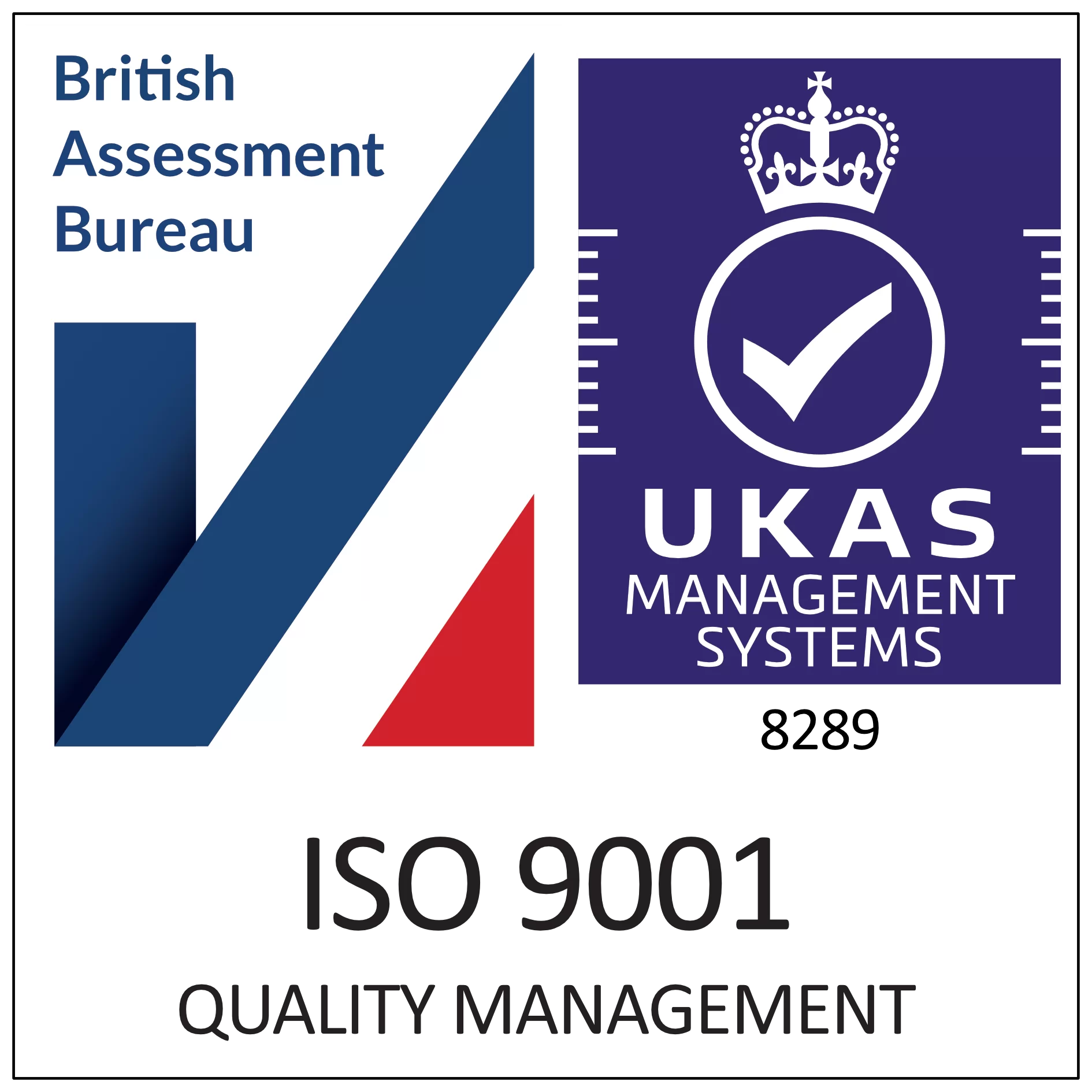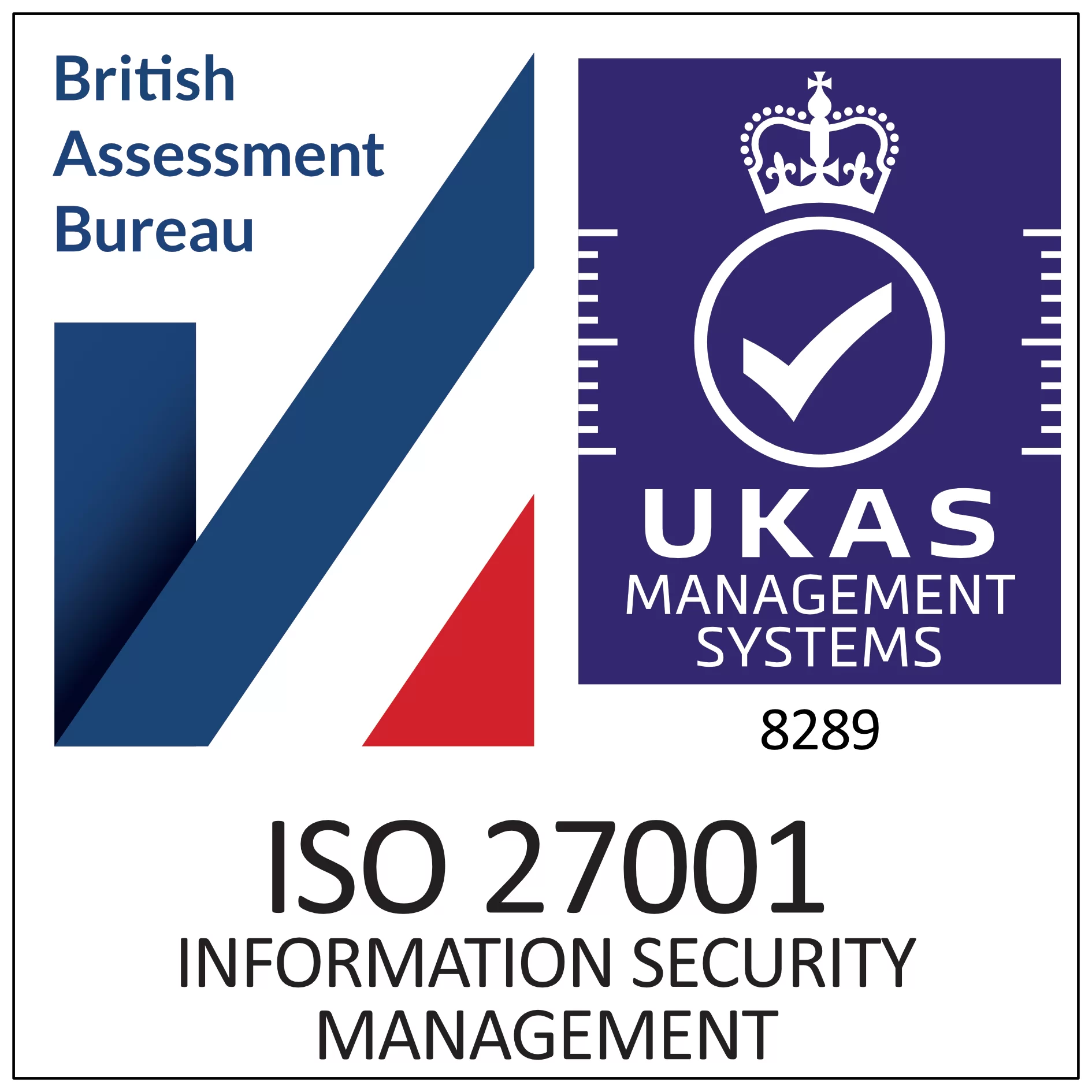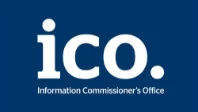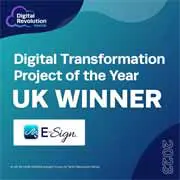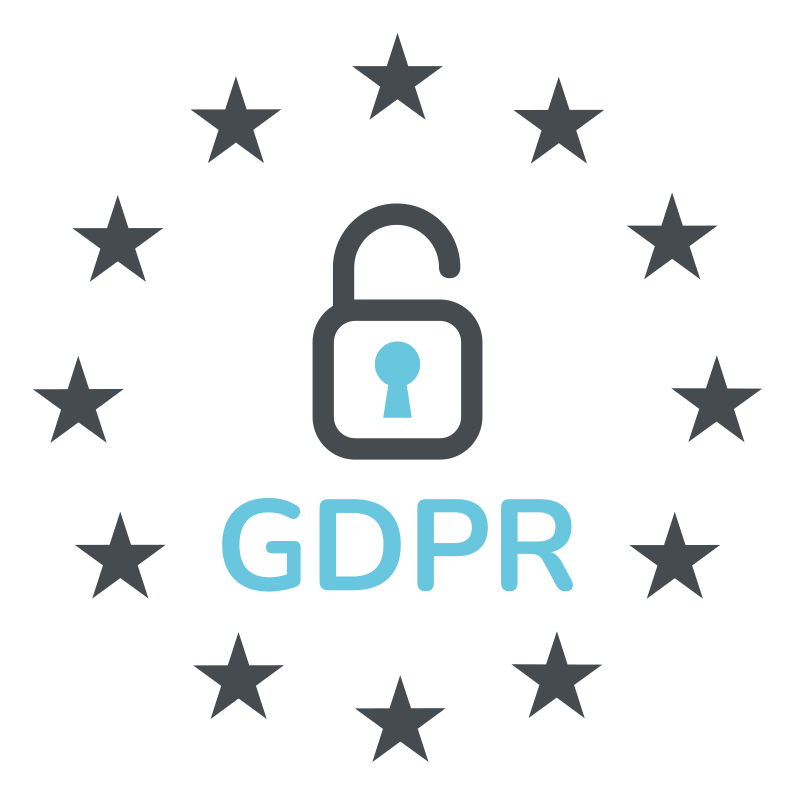Home | News & Insights |
Digital Signatures vs Electronic Signatures: Are they the same?
Laura Cain
Marketing & Brand Manager
PUBLISHED
15th March, 2023
Two terms that are often used interchangeably are “digital signatures” and “electronic signatures.” However, there are some key differences between these two types of signatures, and it’s important to understand them to choose the right solution for your business needs.
In this article, we will take a closer look at the differences between digital signatures and electronic signatures, and help you understand which one is best for your needs.
What are Electronic Signatures?
Electronic signatures are, in simple terms, digital records of a person’s intent to agree to a document or agreement in an electronic format. It is a broad term that refers to any signature that is made electronically, so it is technically the digital version of a handwritten signature. This can include typing your name, clicking a button, drawing a signature on a touchscreen, or using a mouse to draw your signature on a computer.
Electronic signatures are a great alternative to traditional ink signatures, and they provide the three S’s: sustainability – because using them reduces the need for printing/paper documents, security and speed.
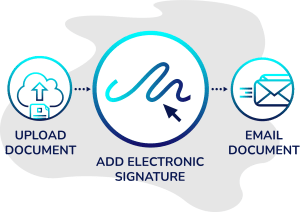
What are Digital Signatures?
Digital signatures are a type of electronic signature that provides a higher level of security and authentication. A digital signature uses a public key infrastructure (PKI) to ensure the authenticity and integrity of the document. PKI works by creating a pair of keys, one public and one private. The private key is kept secure and only known to the owner, while the public key is shared with others. When a document is signed with a digital signature, the private key creates a unique code that can only be unlocked with the corresponding public key.
The benefits of digital signatures are numerous. They are highly secure and difficult to forge, making them ideal for important or sensitive documents. Digital signatures are commonly used in healthcare, legal, education and financial industries and in government where document authenticity is critical. Digital signatures are also legally binding in most countries and can be used in court as evidence. Furthermore, digital signatures are tamper-evident, meaning that any attempt to alter the document after it has been signed will invalidate the signature.
So what makes Electronic Signatures Legally Binding?
To comply with global contract laws, it is necessary for a signature, whether electronic or on paper, to satisfy two key requirements.
Document Integrity
In case the validity of a signed document is challenged, evidence of the signing party’s intention to enter into a binding agreement, their identity, and the document’s integrity must be presented. The requirement of document integrity is the reason why a digital signature is necessary.
Integrity protection is a crucial requirement for both paper and digital documents. While a paper original can be retained, an electronic document can be easily tampered with and presented as the original. This highlights the significance of the integrity aspect when using electronic signatures. Document integrity means being able to prove that the original document has not been altered and that the presented document is not a forgery.
PKI
Public Key Infrastructure, commonly known as PKI, is a widely used method for ensuring security in digital communications. PKI provides a way to authenticate the identity of users and to ensure the confidentiality, integrity, and non-repudiation of digital information.
At the heart of PKI is a trusted third party, known as a Certificate Authority (CA). The CA is responsible for issuing digital certificates that are used to verify the identity of users and to encrypt and decrypt digital information. The digital certificate includes the user’s public key, which is used to encrypt information, as well as the CA’s digital signature, which is used to verify the authenticity of the certificate.
When a user wants to communicate with another user or access a secure website, they first request a digital certificate from the CA. The CA verifies the user’s identity and issues a digital certificate that includes the user’s public key. The user then shares their public key with the other user or website, which can be used to encrypt messages or authenticate the user’s identity.
PKI has several advantages, including its ability to provide secure communication over insecure networks, its ability to authenticate the identity of users, and its ability to ensure the confidentiality, integrity, and non-repudiation of digital information. However, PKI also has some disadvantages, including the need for a trusted third party, the potential for certificate revocation, and the risk of key compromise.
Is the E-Sign Signature Electronic or Digital?
At E-Sign, we offer electronic signatures to our clients. Our signatures provide the highest level of security and identity verification, democratised on a blockchain which uses PKI as security.
Our signature creation platform collects all the evidence required for a legally-binding agreement: intent, identity and integrity. This evidence is saved with the signed document, and the final package is sealed with a digital signature, the method for ensuring integrity.
E-Sign is the only electronic signature provider that has been approved for the “Public Service Network” − A UK Government network that enables public sector organisations to work together, reduce duplication and share resources. E-Sign is also ISO 27001 and Cyber essentials accredited and approved as an authorised supplier on the Government’s PSN and ITHC compliant.
Our electronic signatures are fast, easy to use, and legally binding, making them a great choice for businesses that need to sign documents quickly.
We also offer a range of features that make our electronic signatures even more secure and convenient. For example, our electronic signatures are timestamped, meaning that you can see the exact time and date that a document was signed.
Our signatures are also tamper-evident, which means that any attempt to alter a document after it has been signed will invalidate the signature. Additionally, we provide a range of verification methods to ensure that the signature was made by the intended person.
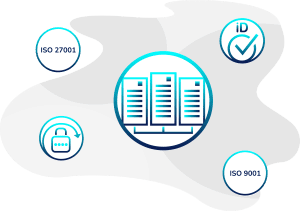
Conclusion
Understanding the differences between the two forms of signatures can help you choose the right signature for your needs, and we hope this has helped your decision. They work in tandem, both with qualities that are desirable for a company that wants to benefit from safe and secure signatures.
 Facebook
Facebook
 X (Twitter)
X (Twitter)
 LinkedIn
LinkedIn


